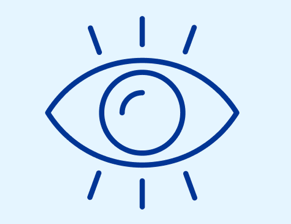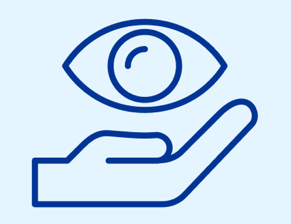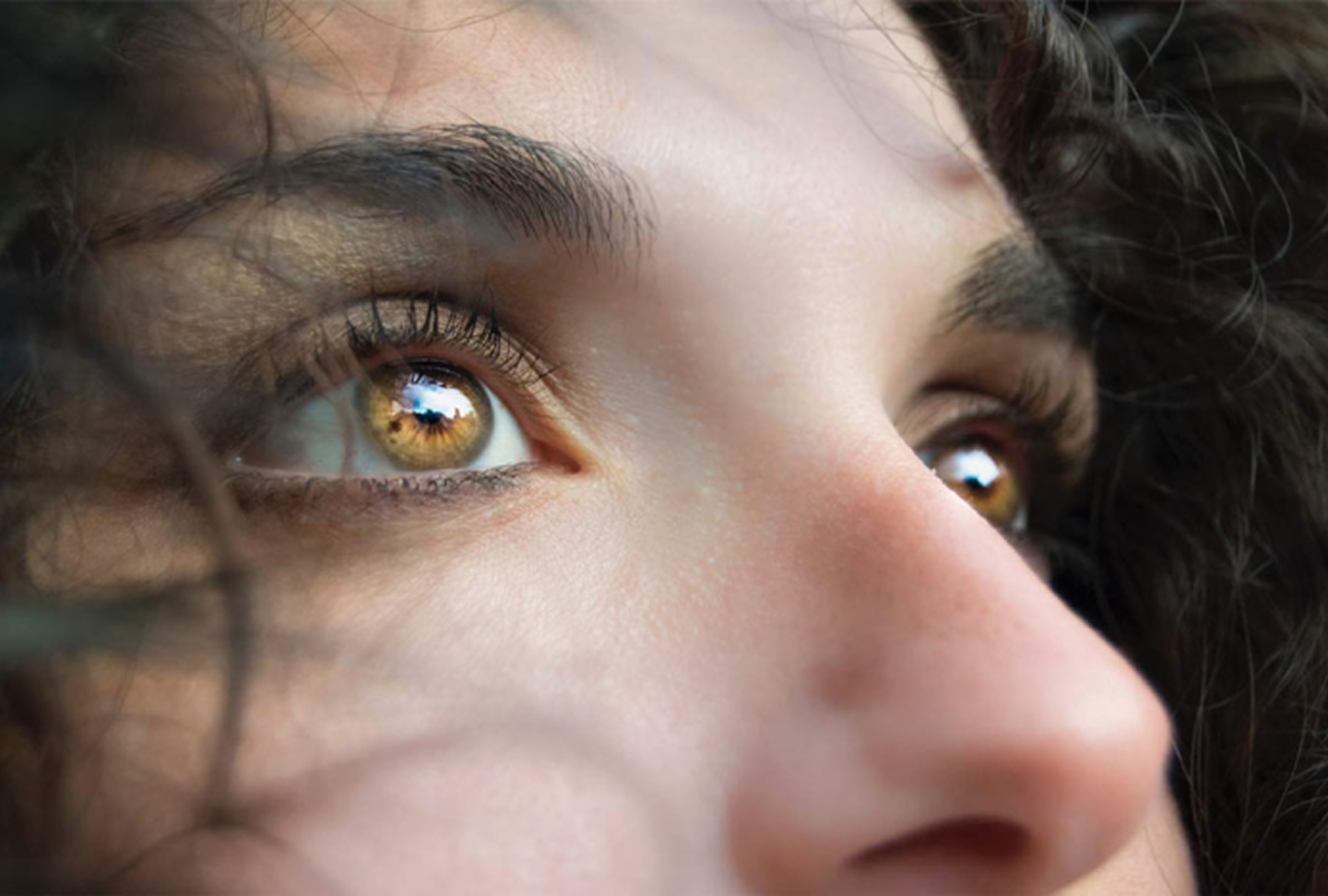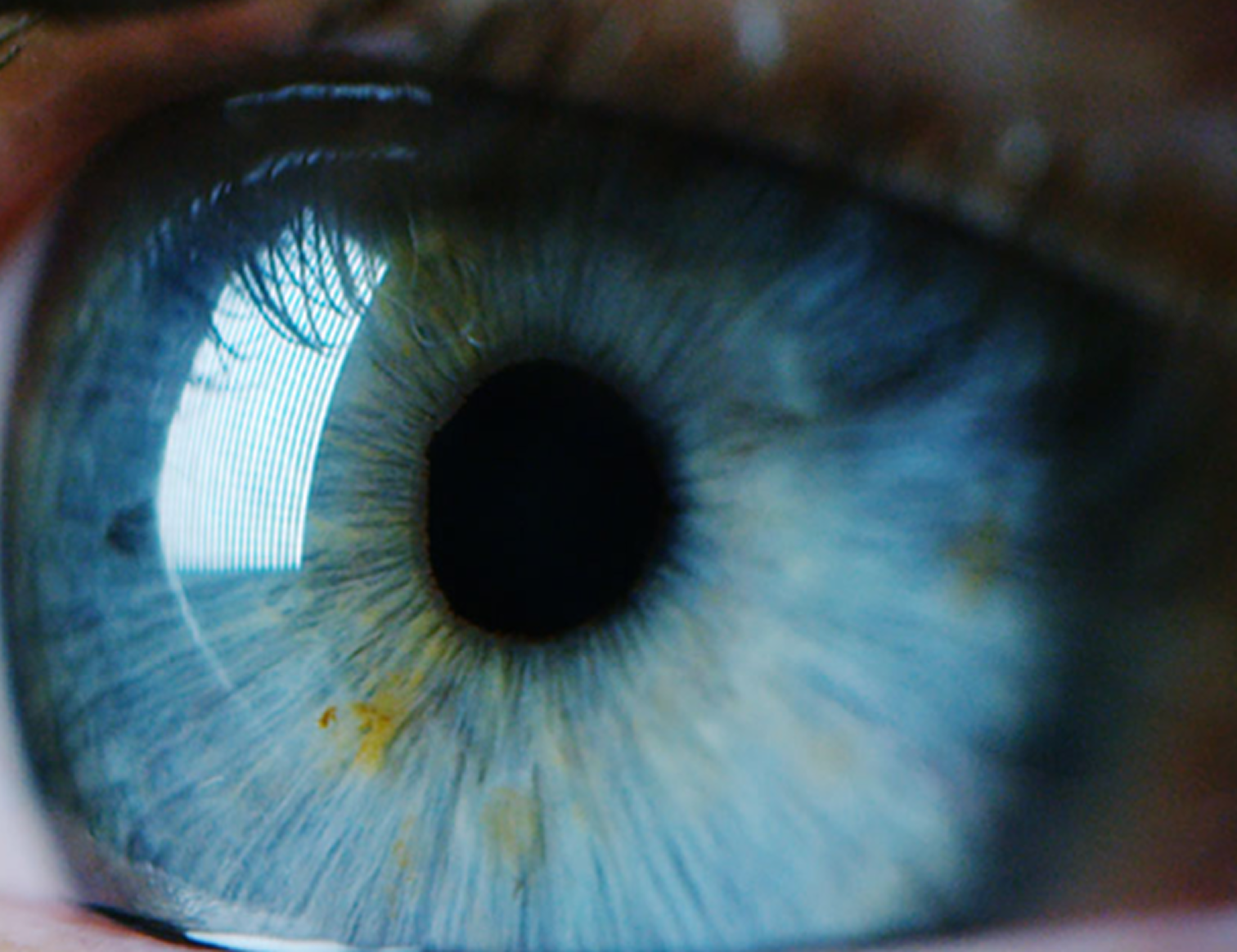PRK Laser Eye
Surgery
Flap-free precision1
PRK (Photorefractive Keratectomy) is
a trusted laser, flap-free, vision correction
option for people who may not be candidates
for LASIK.1
PRK Laser Eye Surgery
Flap-free precision1
PRK (Photorefractive Keratectomy) is
a trusted laser, flap-free, vision correction option for people who may not be candidates for LASIK.1
Who is a candidate for PRK?
PRK is often recommended for people who want vision correction but aren’t ideal candidates for LASIK due to eye anatomy, profession, or personal preference.2 Like LASIK, it uses laser energy to reshape the cornea; however, it does not require the creation of a flap in the corneal tissue. Instead, PRK gently removes the surface layer of the cornea, then uses the same advanced technology used in Wavelight LASIK procedures to reshape the cornea.1
You may be a good candidate if you2:
- Have thin corneas or irregular corneal shape
- Are prone to dry eye symptoms
- Have a physically active job or play contact sports
- Prefer a flap-free procedure
- Have stable vision and generally healthy eyes
Your eye care provider will help determine if PRK with Alcon’s Wavelight technology is the right fit for your needs.

What are the benefits of PRK?
Like other laser vision correction options, PRK can deliver clear, lasting vision by reshaping the cornea. It’s especially well-suited for patients with certain eye shapes or active lifestyles that may not be ideal for LASIK.1

No flap required1
Ideal for certain eye shapes and active lifestyles

Backed by trusted technology1
Can use the same Wavelight EX500 laser system trusted in LASIK

Lasting results3
Comparable vision outcomes to LASIK over time

No flap-related complications4
Especially important for athletes and first responders

Performed with FDA approved equipment5
In use for over two decades
What Happens During PRK?
The PRK procedure is quick and typically takes less than 30 minutes for both eyes. Here's a look at what to expect1,6:

Before surgery:
Your surgeon maps the shape and curvature of your eyes using precise diagnostic tools. The thin outer layer of the cornea is gently removed.

During surgery:
You’ll get numbing eye drops. Then, a laser reshapes the surface of your cornea to improve how light enters the eye.

After surgery:
Vision improves gradually over several days as the surface of your eye heals and the outer layer grows back.
You’ll need someone to drive you home afterward. Rest and healing time are important, especially during the first few days.
What is the recovery process like?
Because PRK treats the surface of the eye rather than beneath a flap, healing can take slightly longer than LASIK. Vision typically improves gradually over the first few days to weeks. Your surgeon will place a protective contact lens over the eye while it heals and may prescribe drops to keep your eyes comfortable.6
- Most people return to normal activities within 1–2 weeks
- Full visual results can take several weeks
- Long-term results are similar to LASIK

PRK vs. LASIK: What’s the difference?
Some of the differences between PRK and LASIK can include:
- Healing Time: LASIK can sometimes deliver clearer vision faster than PRK2
- Healing Conditions: PRK may be recommended for those who participate in contact sports, have dry eye or thin corneas2
- Cost: Prices and insurance coverage vary, but PRK can sometimes cost less than other kinds of LASIK procedures7

Frequently Asked Questions
Your surgeon uses the Wavelight EX500 excimer laser—the same technology trusted in LASIK—to carefully reshape your cornea based on your unique vision correction needs.1
Most people return to their normal routines in 1–2 weeks, and vision typically stabilizes over the following weeks. Your surgeon will guide you through every step of the healing process.6
Yes. Long-term visual outcomes for PRK are comparable to LASIK. Most patients achieve 20/20 vision or better.3,6
Numbing drops will be used to avoid pain during the procedure. Mild discomfort or light sensitivity is common during the first few days of healing. Your surgeon will prescribe eye drops to keep your eyes comfortable.6
PRK is often recommended for patients who have thin corneas, dry eyes, or active professions where a LASIK flap might pose a risk.2,4 It’s a flap-free alternative that delivers excellent results.
References:
1. Gaeckle HC. Early clinical outcomes and comparison between trans-PRK and PRK, regarding refractive outcome, wound healing, pain intensity and visual recovery time in a real-world setup. BMC Ophthalmol. 2021;21:181.
2. Ambrósio R, Wilson SE. LASIK vs LASEK vs PRK: Advantages and indications. Semin Ophthalmol. 2003;18(1):2-10.
3. Evangelista CB, Harris JP, Trinh TM, et al. Comparing visual outcomes of keratorefractive lenticule extraction, PRK, and LASIK procedures in the military population. J Cataract Refract Surg. 2025;51(2):98-105.
4. Gunn DJ, Cox RA. StreamLight Single-Step Transepithelial Photorefractive Keratectomy (PRK) for Myopia and Myopic Astigmatism. J Ophthalmol. 2024;2024:5597457.
5. Somani SN, Moshirfar M, Patel BC. Photorefractive Keratectomy. [Updated 2023 Jul 18]. In: StatPearls [Internet]. Treasure Island (FL): StatPearls Publishing; 2024 Jan-. Available from: https://www.ncbi.nlm.nih.gov/books/NBK549887/.
6. PRK (Photorefractive Keratectomy): Treatment, Side Effects & Recovery. Cleveland Clinic. Updated January 18, 2023. Accessed May 24, 2023.
7. Refractive Surgery Council. How Much Does LASIK Cost? February 5, 2025. Accessed October 23, 2025. https://americanrefractivesurgerycouncil.org/cost-of-lasik/
Please refer to relevant product directions for use for complete list of indications, contraindications, and warnings. Consult your doctor on relevant safety information about the treatment.